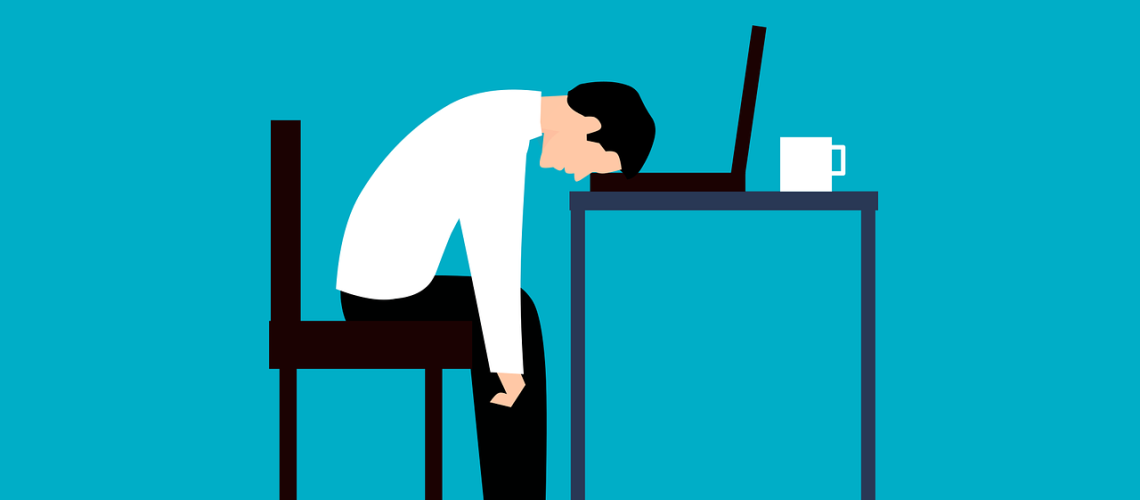Forgetting things, losing belongings, not being prepared, leaving things until the last minute or forgetting to do them altogether, not knowing how to use a diary or calendar, having a poor concept of time, etc. Does this sound familiar?
There’s always a production line at work….no-one works alone….either you are waiting for
something from someone or someone is waiting for something from you. Right???
Dr. Mel Levine writes that there are 8 main reasons why someone might have “output failure” – that leads to poor productivity, otherwise known to all of us as LAZINESS!
- Could there be a motor breakdown?
- Could there be a memory shortfall?
- Could there be a problem with verbal expression?
- Could there be a problem generating ideas?
- Is there a distractibility or lack of attention?
- Is mental energy low?
- Is there a weakness in production control?
- Is there a problem with organisation?
It can also be an issue with all of the above but what could be causing these challenges or
breakdowns?
Some of the external factors are:
● Culture
● Family life
● School experience
● Socio-economic background
● Role modelling
Some of the internal factors are:
● Lack of motivation, drive and ambition
● Low levels of optimism
● Lacking initiative
● Not being in the mood
● Not having any real career insights
Let’s discuss each one of the challenges in more depth:
1) Graphomotor challenges – when your fingers can’t quite do the talking (keyboarding and
writing)
2) Weak memory – working memory, short term memory (remembering several things at once,
remembering how to do something, recalling facts)
3) Weak verbal language leads to weak written language (expressing complicated ideas,
finding the right words, speaking grammatically)
4) Generating ideas – brainstorming, creativity, critical thinking, personal interpretation and
analysis and problem solving
5) Distractibility or lack of attention – Distractibility refers to inability, or difficulty, in
maintaining attention and resisting interfering stimuli and inattention is the lack of focus
when focus on a given event or situation is required. Inattention is a hallmark feature of
attention deficit-hyperactivity disorder (ADHD), which can affect adults, as well as children
and teens.
6) Low mental energy – being in the mood to work, maintaining alert, being able to start.
Also known as ‘mental fatigue’ or ‘brain fog’: feeling tired, difficulty focusing, forgetfulness,
or hazy thought processes. The most common symptoms include mental block, lack of
motivation, irritability, stress eating or loss of appetite and insomnia. Mental exhaustion can
affect you for both short-term or long-term.
7) Production control weakness – working at an idea rate, learning from experience, thinking
about the best way to tackle a problem.
8) Organizational problems – timing, sequencing, handling of materials, keeping work space
tidy
Inattentive ADHD manifests as forgetfulness, disengagement, or distractibility, and can be
mistaken for anxiety or a mood disorder in adults. In children, it may resemble a learning
disorder.
Tips to improve attention span:
● Include some form of physical activity during the day, i.e. climb stairs, go for a walk during
lunch, stretch,
● Have breaks when you start feeling distracted or tired,
● Adjust work time frames: cannot work for extended periods without a break, know when you
are at your most creative or productive during the day,
● Remove visual distractions,
● Play memory games, (but not to procrastinate)
● ‘Chunking’ of tasks: breaking the work down into smaller ‘chunks’ so that you can tackle
one piece at a time: preventing feeling overwhelmed by seeing the whole of what must be
done.
Tips for development of organizational skills:
● Set a designated space for various activities depending on what the task is,
● Use checklists or to-do lists,
● Arrange assignments and tasks in order of priority and submission date,
● Weekly clean-up: clean out old papers, etc and file what is needed and throw away the rest,
● Prepare for tomorrow: check that all clothes are ready for the next day, all books/files
needed packed into a bag.
8 ways to improve output or productivity at work:
- Know your own strengths and weaknesses and match a career according to your
professional compatibility. - Plan your tasks around the best time of day to do certain things…notice when you handle
certain things better. - Notice sleep patterns and whether you are getting enough sleep.
- Notice where you work best and how….standing desk, noisy coffee shop or quiet office.
- Use mobile phone for setting reminders and notifications and make use of time
management apps and calendars, i.e. Pomofocus app. - Keep blood sugar stable and keep hydrated. Watch caffeine intake.
- Make checklists at the beginning of the week, for each day and then tick off. Use Sunday
evening or early Monday morning to plan your week ahead. - Background music might help or hinder but experiment.
Try the online assessment to assess which areas of productivity you need help with and please share this article with someone else who might benefit.
References:
https://www.additudemag.com/category/manage-adhd-life/getting-things-done/time-productivity/
https://pomofocus.io/
Dr. M. Levine, 2003. The Myth of Laziness. Simon & Schuster. New York.
Article written by Dr. Philippa Fabbri (Education Consultant)

